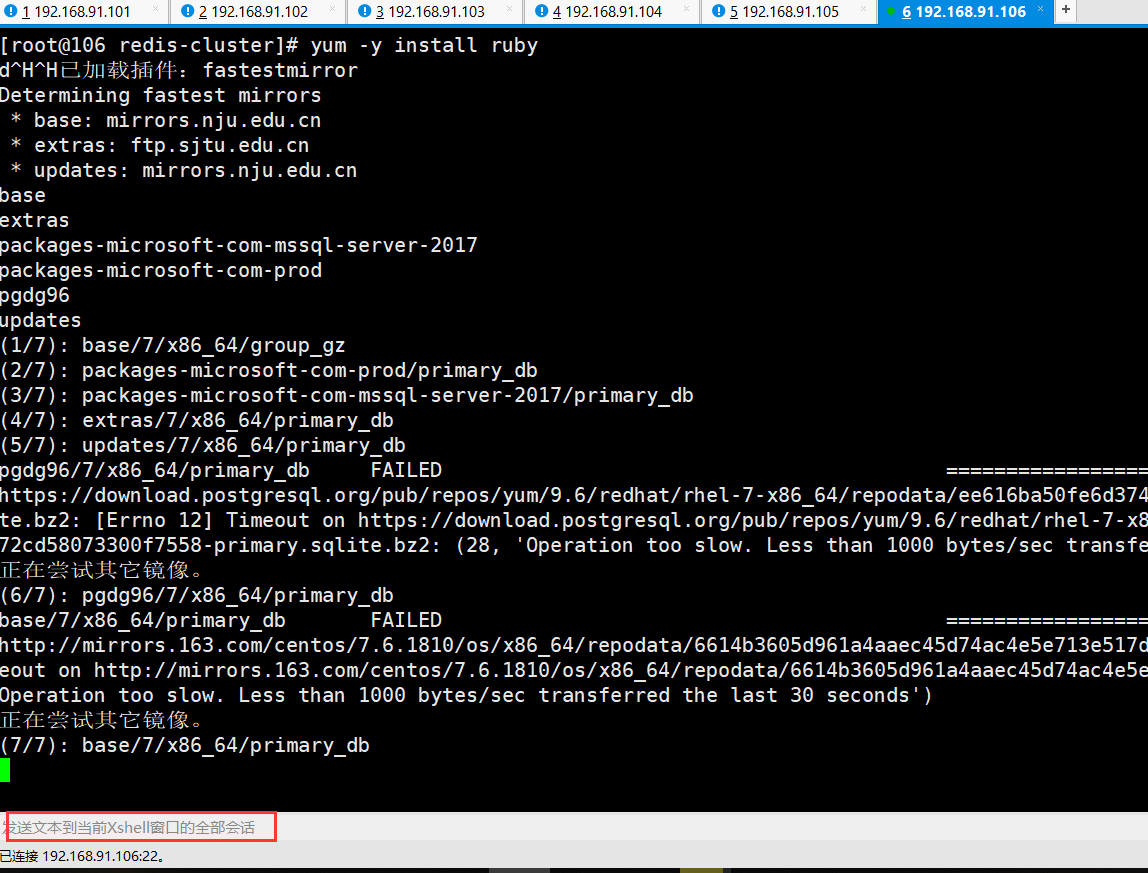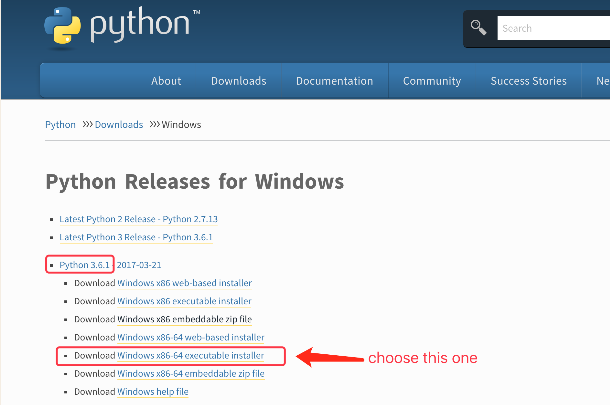我正在使用一系列midi音高,看起来像这样……
pitches = [ 60,nil,67,nil ]
在这种情况下,音高在索引1,2和3上仍为60.
在指数4之后,投球仍然是67.
如何编写方法来识别先前的非零值?
我目前认为这样做的唯一方法看起来有点笨拙:
def pitch_at_step(pitches,step)
if pitches.any?
x = pitches[step]
until x != nil
index -= 1
x = pitches[step]
end
x
else
nil
end
end
预期输出格式为:
pitch_at_step(pitches,0) # 60 pitch_at_step(pitches,2) # 60 pitch_at_step(pitches,4) # 67 pitch_at_step(pitches,8) # 67
这是最好的解决方案吗?是否有更整洁和/或更有效的方式?
解决方法
如果数组不大,你可以使用这样的东西:
pitches[0..index].compact.last
这看起来更整洁,但它不如大数据阵列那么好


